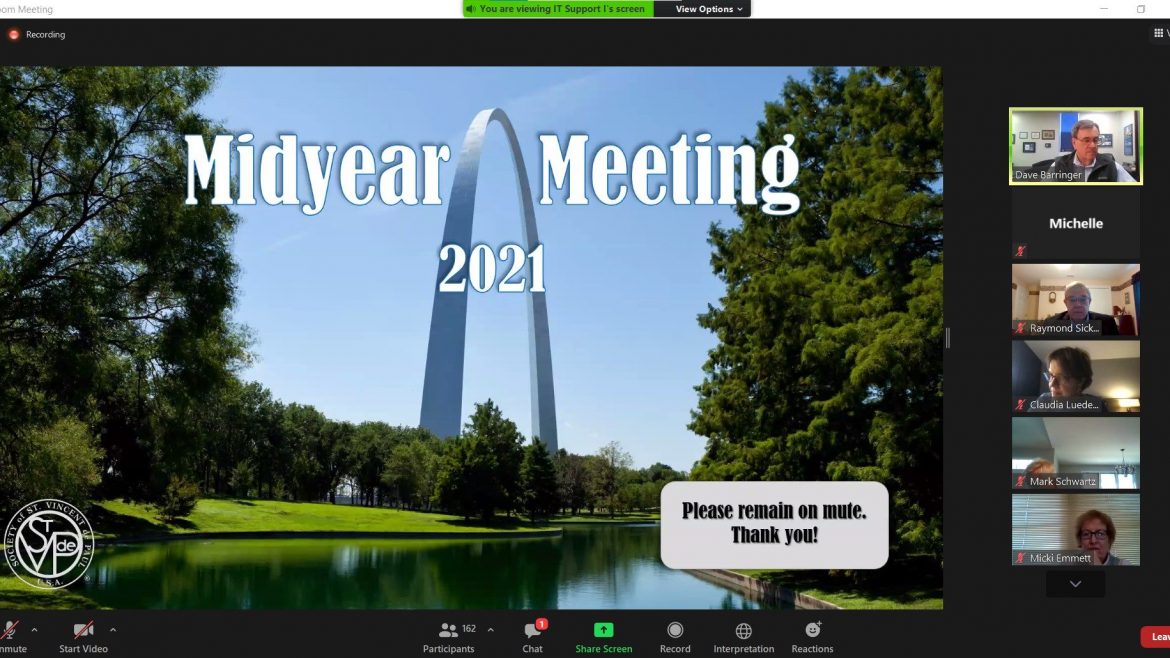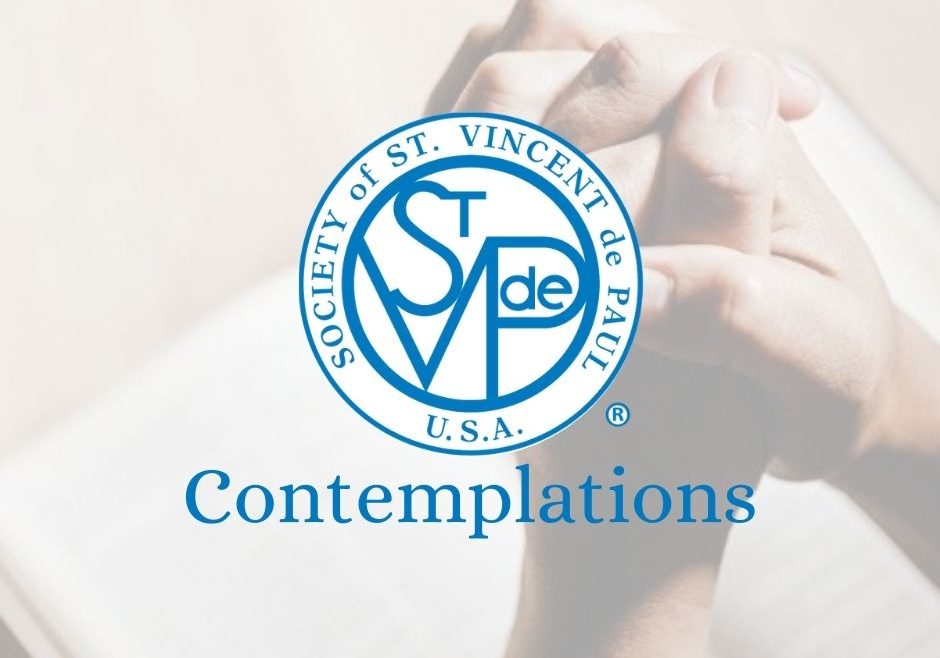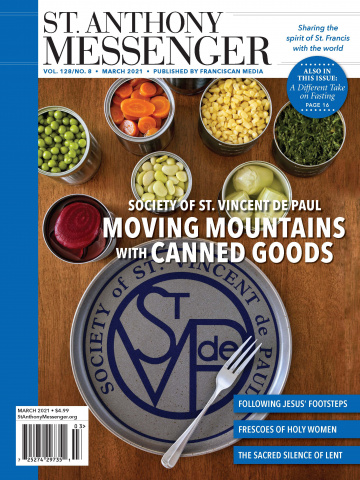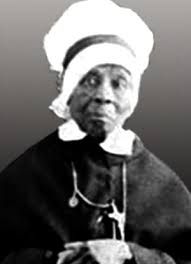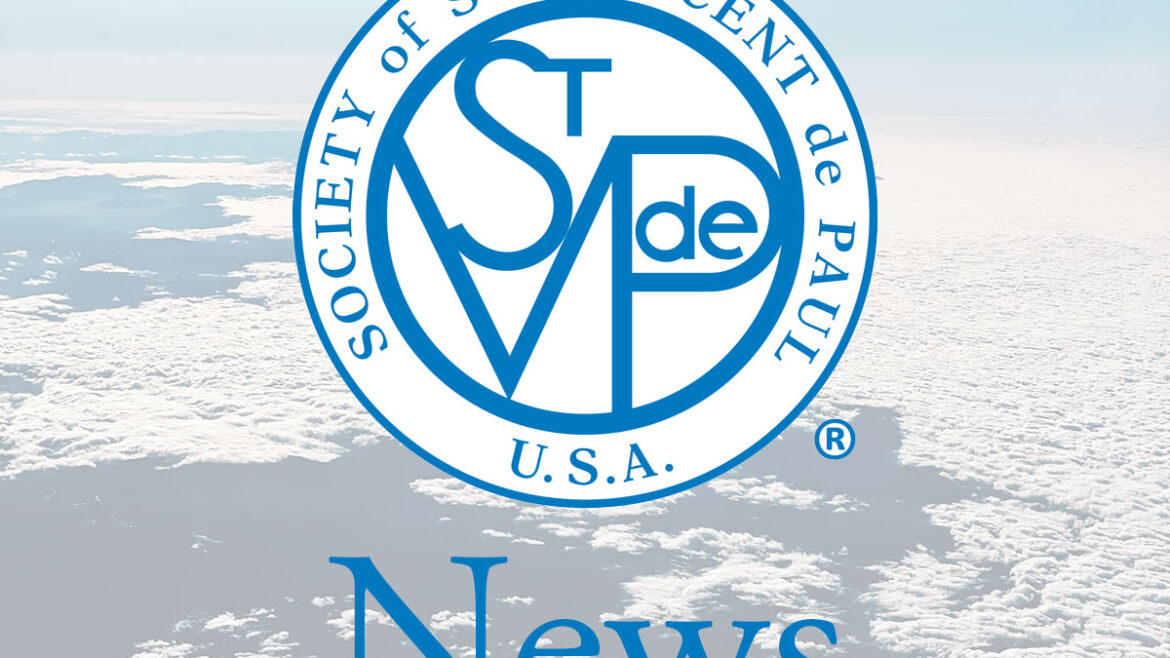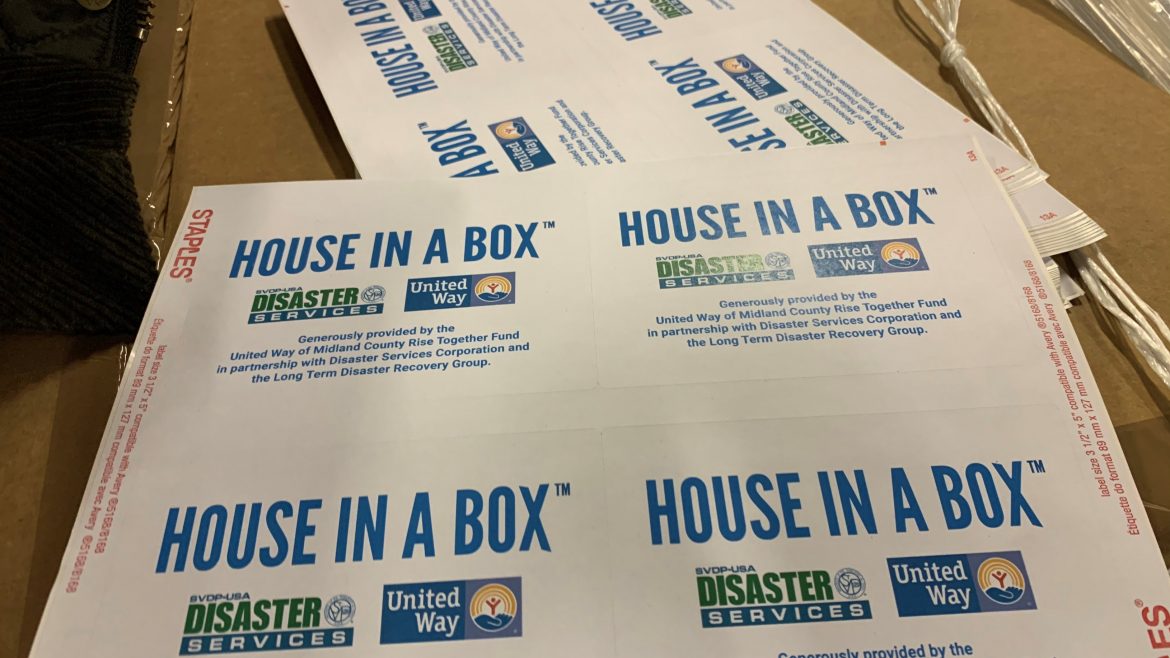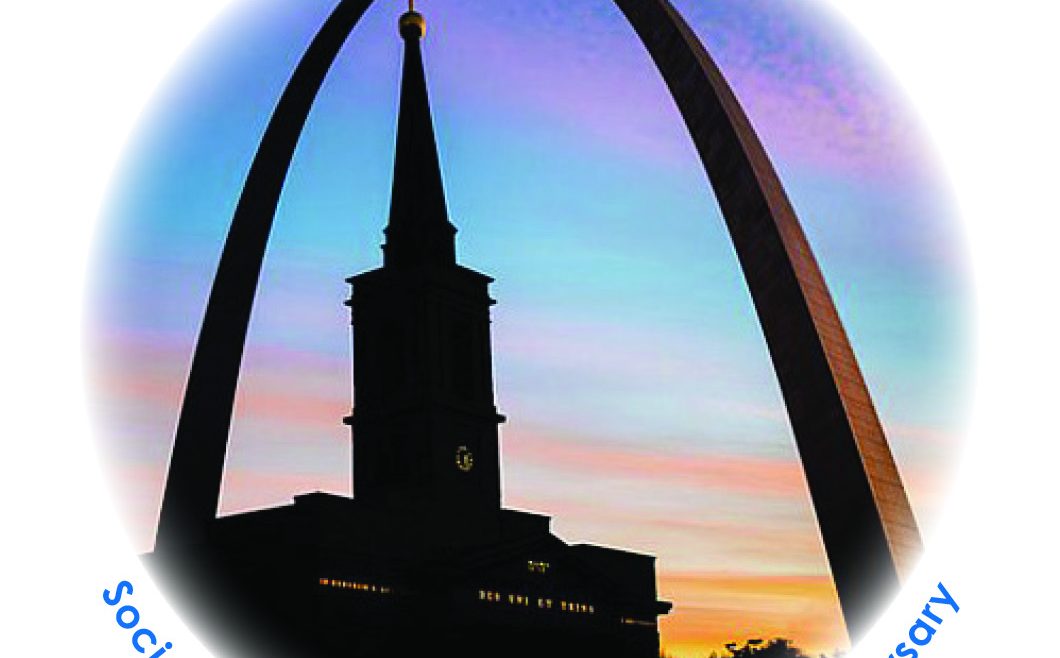Thank you to everyone who attended this year’s 2021 Virtual Midyear Business Meeting. We hope you found it both educational and spiritually uplifting. We’ll be sending out a survey soon for your input, suggestions, and feedback for the Meeting.
Those attendees who chose VIP Registration will receive a copy of the Society’s 175th Anniversary Book and a Commemorative Coin, shipping from our store in the next week. If you didn’t choose VIP registration, you may still order either the book, the coin, or a set of both. The book expands upon Ray Sickinger’s excellent presentation on the history of the Society in the United States, and is a must-read.
Presentation Links
If you were unable to attend a session, or would like to watch it again, here are links to the program recordings:
General Sessions
- Opening Session and History Presentation
- Paris Tour
- Strategic Planning Session
- John Angotti musical visit
Spirituality
Governance
Programming
- Monthly Growth & Revitalization Sharing Opportunities
- Public Policy Priorities
- Where Have We Been with Systemic Change
- Housing and Homelessness in the Pandemic
Business
Thrift Stores
Exhibitor Showcase
If you were not able to attend the Exhibitor Showcase, links and contact information for each vendor presentation can be found below. We hope you enjoy visiting with our vendors and that you’ll follow-up with them and help grow the Society’s partnership with our National Partners and Exhibitors.
Click the links below to view each presentation, or to email the vendor directly, click on their name:
- Bank & Vogue Hans Kroll
- Bayard Publishing Kerry Moriarty
- C & M Mills Howard Lee Cohn
- DollarDays Ryan O’Leary
- Donor Perfect Andrew Shaw
- SmartWerks Pat Kunish
- Whitehouse & Schapiro Gary Steward
2021 National Assembly
Mark your calendars for our 2021 National Assembly at the Marriott Marquis in Houston, Texas, August 25 – 29, 2021. We hope to see you there! For those who are not yet comfortable travelling, there will be a hybrid component to the National Assembly so that those at home can still be part of the gathering.

